For millennia, humans have been fascinated by the idea of creating artificial life. Not in the modern, digital sense, but in the realm of mechanics – building machines that mimic living creatures, perform complex tasks, and even appear to think. These creations, known as automata, aren’t simply toys or curiosities; they represent a fascinating intersection of art, engineering, philosophy, and our enduring desire to understand the very nature of life itself. This article will delve into the rich history of automata, from their ancient origins to their sophisticated modern incarnations.
Ancient Roots: Gods, Myths, and Early Mechanisms
The earliest conceptual roots of automata lie in mythology and religious belief. Stories of animated statues and mechanical beings appear in ancient Greek, Egyptian, and Chinese texts. Hephaestus, the Greek god of blacksmiths, is said to have created mechanical servants, including golden handmaidens who assisted him in his workshop. Egyptian priests purportedly animated statues of the gods through complex rituals and hidden mechanisms, creating illusions of divine movement. Similarly, Chinese legends speak of mechanically animated figures built by craftsmen for the amusement of emperors.
While these stories are largely mythological, they demonstrate a long-held fascination with artificial life. More concretely, the earliest *documented* automata date back to ancient Greece. Philo of Byzantium (around 280-220 BC) and Hero of Alexandria (around 10-70 AD) were prolific inventors who described a range of mechanical devices, including automata, in their writings. Hero’s work, in particular, details self-operating theatrical devices, programmable carts, and even a vending machine that dispensed holy water. These devices relied on ingenious applications of pneumatics (compressed air), hydraulics (water pressure), and basic mechanics – levers, gears, and pulleys.
It’s important to note that these early automata weren’t intended to *simulate* life perfectly. Instead, they were often designed for specific, limited functions: to entertain, to demonstrate scientific principles, or to create a sense of wonder. They were marvels of engineering for their time, but they were far from the complex robots we envision today. The precision required to build these devices, however, speaks volumes about the skill of ancient artisans. Understanding the historical context of these early devices also requires examining the development of measurement and standards. Explore the fascinating history of unit measures to appreciate the challenges faced by ancient engineers.
The Medieval Islamic Golden Age: Preserving and Advancing the Art
Following the decline of classical antiquity, much of the knowledge of Greek and Roman engineering was preserved and further developed in the Islamic world during the Golden Age (roughly 8th to 13th centuries). Islamic scholars translated Greek texts, including those of Hero of Alexandria, and built upon them. Al-Jazari (1136–1206), a polymath from Diyarbakır in present-day Turkey, is considered one of the most important figures in the history of automata. His Book of Knowledge of Ingenious Mechanical Devices (Kitāb al-ḥiyal) describes a remarkable array of automated machines, including water clocks, musical automata, hand-washing devices, and even a programmable humanoid robot capable of serving drinks.
Al-Jazari’s automata were significantly more sophisticated than their ancient predecessors. He employed a combination of gears, cams, levers, and water power to create complex and repeatable movements. He also pioneered the use of crankshafts and connecting rods, mechanisms that would later become essential components of modern engines. His work demonstrates a deep understanding of mechanical principles and a remarkable ingenuity in applying them. The intricate designs of Al-Jazari’s automata were often embellished with elaborate decorations, reflecting the artistic sensibilities of the time.
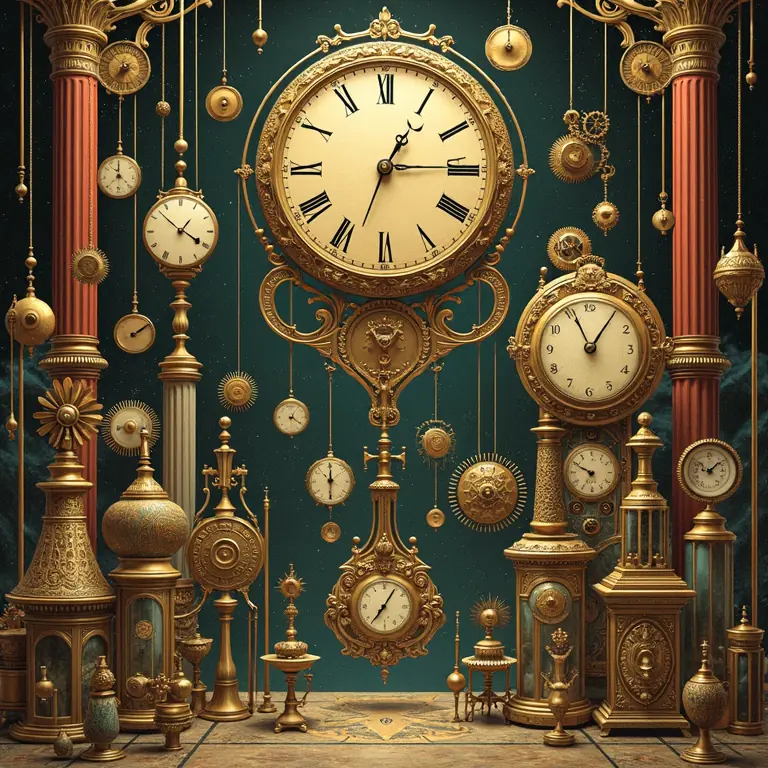
The Renaissance and Baroque Periods: Clockwork Wonders and Royal Spectacles
The Renaissance witnessed a renewed interest in classical learning, including the mechanical arts. Leonardo da Vinci (1452–1519), a quintessential Renaissance man, designed several automata, including a mechanical knight capable of sitting, standing, and moving its arms. While many of his designs remained unrealized during his lifetime, they demonstrate his visionary thinking and his understanding of mechanical principles. The development of accurate clockwork mechanisms during this period was crucial to the advancement of automata. Clocks provided a reliable source of power and precise timing, allowing for the creation of more complex and sophisticated automated devices.
The Baroque period (roughly 1600-1750) saw a flourishing of automata, particularly among European royalty. Automata became status symbols, commissioned by kings and princes to demonstrate their wealth and power. Jacques de Vaucanson (1709–1782), a French inventor, created several famous automata, including a mechanical duck that could flap its wings, quack, eat grain, and even “digest” its food. This automaton was incredibly realistic and impressed many onlookers. Another notable example is the clockwork writer created by the Jaquet-Droz family in the 18th century, capable of writing letters and drawing pictures. These automata were often presented as elaborate spectacles, designed to amaze and entertain.
The artistry involved in creating these automata was considerable. Watchmakers, clockmakers, and artisans collaborated to build intricate mechanisms and adorn them with delicate carvings, precious metals, and colorful paints. The creation of these mechanical marvels required not only technical skill but also a keen aesthetic sensibility. The importance of careful detailing and artistic expression during this period also influenced developments in other areas, such as the art of mapmaking. Explore the history of cartography to learn how meticulous craftsmanship shaped our understanding of the world.
The 19th Century: The Rise of Industrial Automation and Early Robotics
The 19th century marked a turning point in the history of automata, with the advent of the Industrial Revolution. While traditional automata continued to be created, the focus shifted towards developing automated machines for industrial purposes. Joseph Marie Jacquard’s (1752–1834) invention of the Jacquard loom, which used punched cards to control the weaving of intricate patterns, is considered a pivotal moment in the history of automation. The Jacquard loom demonstrated the potential of using programmable instructions to control machines, paving the way for the development of computers.
The concept of robotics also began to emerge during this period. Although the term “robot” wasn’t coined until the 20th century (by Karel Čapek in his 1920 play R.U.R.), inventors began experimenting with self-propelled machines. Early examples include mechanical clowns and performing robots designed for entertainment. These early robots were often powered by steam or clockwork mechanisms, and their movements were limited, but they represented a crucial step towards the development of more sophisticated robotic systems.
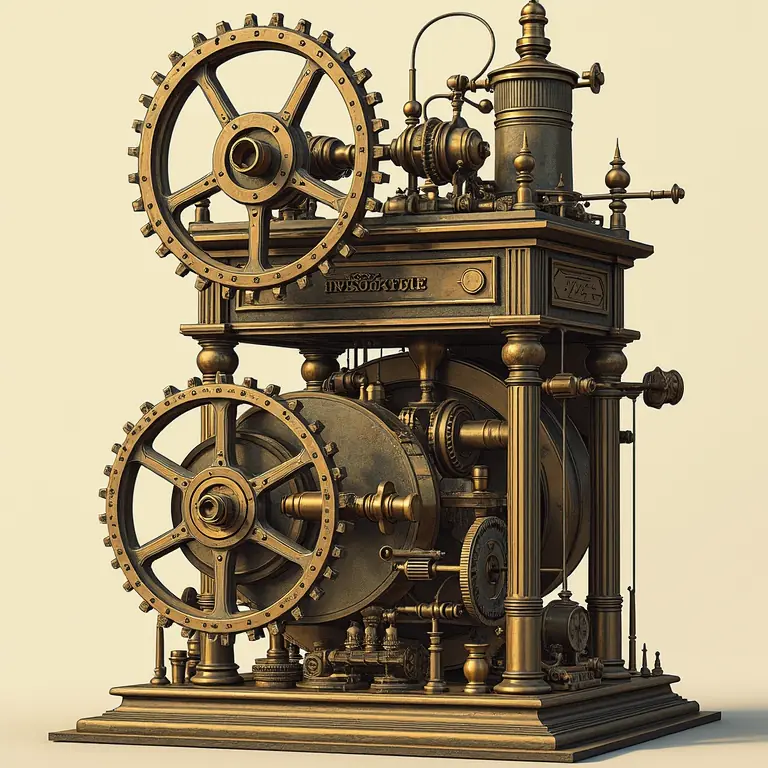
The 20th and 21st Centuries: Modern Robotics and Artificial Intelligence
The 20th and 21st centuries have witnessed an explosion in the field of robotics, driven by advances in electronics, computer science, and materials science. Early robots, such as the Unimate (developed in the 1950s), were used for industrial tasks, such as welding and assembly line work. As computers became more powerful and affordable, robots became more sophisticated, incorporating sensors, actuators, and artificial intelligence (AI).
Today, robots are used in a wide range of applications, from manufacturing and healthcare to exploration and entertainment. Humanoid robots, designed to resemble humans, are becoming increasingly common, with researchers working to develop robots that can walk, talk, and interact with humans in a natural way. AI plays a crucial role in modern robotics, enabling robots to learn, adapt, and make decisions autonomously. The development of machine learning algorithms allows robots to improve their performance over time, without being explicitly programmed for every possible scenario.
The influence of automata continues to be felt in modern entertainment. Disney’s animatronics, for example, represent a sophisticated evolution of the automata tradition, using hydraulics, pneumatics, and computer control to create lifelike characters for theme park attractions. Watch to learn more about the history of Disney’s Animatronics.
The ongoing quest to create artificial life also raises profound philosophical questions about the nature of consciousness, intelligence, and what it means to be human. As robots become more sophisticated, we may need to reconsider our definitions of these concepts. The subtle nuances of language and expression also play a crucial role in our understanding of communication and meaning. Consider the history of punctuation to appreciate how seemingly simple conventions shape our understanding of written language.
The Legacy of Automata: A Continuing Inspiration
The history of automata is a testament to human ingenuity, creativity, and our enduring fascination with the possibility of creating artificial life. From the mythological statues of ancient Greece to the sophisticated robots of today, automata have captivated and inspired generations. They represent a unique intersection of art, science, and philosophy, and they continue to push the boundaries of what is possible. The emotional impact of color and visual aesthetics also played a significant role in the design and presentation of automata throughout history. Explore the surprising science of pigments to understand how artists and engineers used color to enhance the realism and appeal of their creations.
The study of automata also offers insights into the history of technology and the evolution of human thought. By examining the challenges faced by early inventors, we can gain a deeper appreciation for the breakthroughs that have led to the advanced technologies we enjoy today. The enduring appeal of automata lies in their ability to spark our imagination and remind us of the boundless potential of human innovation. The way we express ourselves and convey meaning is often through established patterns of speech. Delve into the origins of common idioms to appreciate how language reflects our cultural history and shared experiences.
As we continue to develop more advanced robots and AI systems, the legacy of automata will undoubtedly continue to inspire and inform our efforts. The dream of creating artificial life may remain elusive, but the pursuit of that dream has already yielded remarkable achievements and promises to shape the future in profound ways.


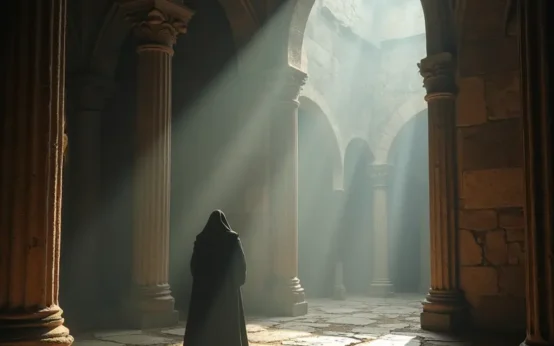 The Curious Acoustics of Historical Echo Chambers: Resonance, Ritual, and Revelation
The Curious Acoustics of Historical Echo Chambers: Resonance, Ritual, and Revelation 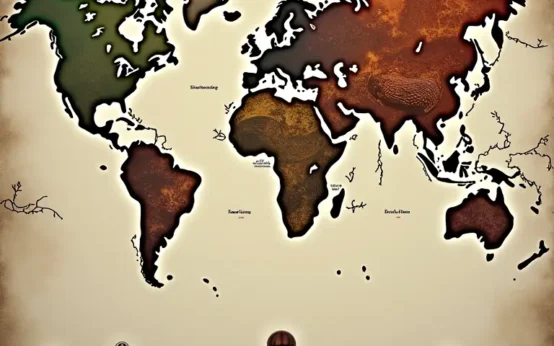 The Curious Cartography of Scent: Mapping Perfume Ingredients Through History
The Curious Cartography of Scent: Mapping Perfume Ingredients Through History 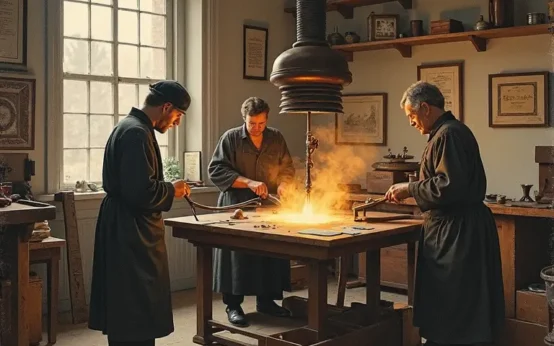 The Curious Lexicon of Lost Trades
The Curious Lexicon of Lost Trades  The Surprisingly Consistent Science of Historical Ice Harvesting – A Frozen History of Commerce & Preservation
The Surprisingly Consistent Science of Historical Ice Harvesting – A Frozen History of Commerce & Preservation  The Unexpectedly Consistent Science of Historical Buttonhooks – Fashion, Function & Forgotten Tools
The Unexpectedly Consistent Science of Historical Buttonhooks – Fashion, Function & Forgotten Tools  The Surprisingly Consistent Science of Historical Toy Soldiers – Miniature Warfare, Materials & Collective Play
The Surprisingly Consistent Science of Historical Toy Soldiers – Miniature Warfare, Materials & Collective Play